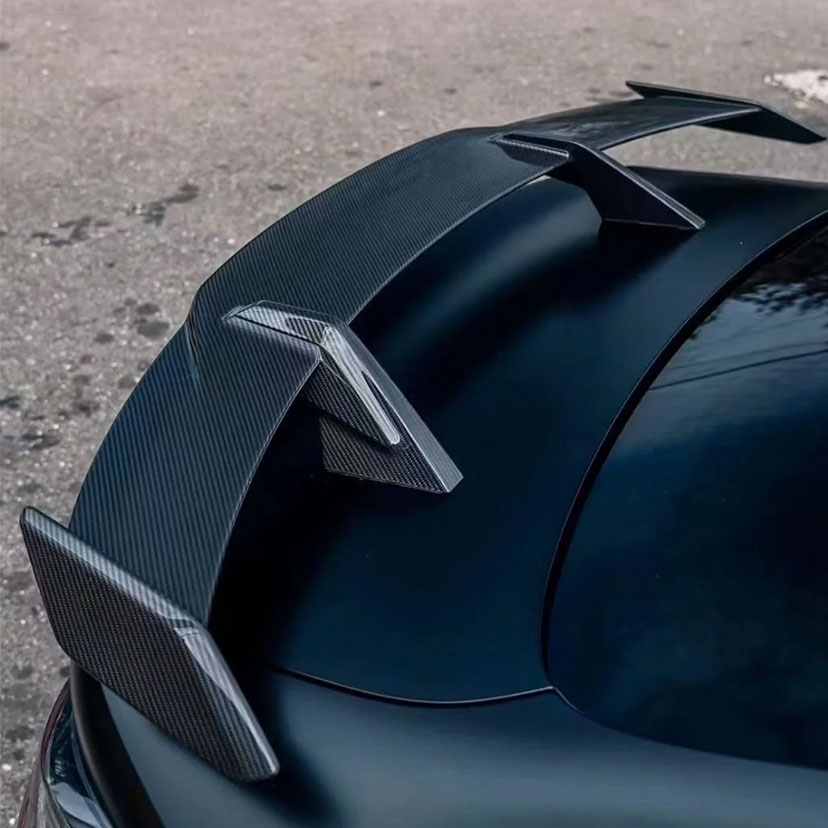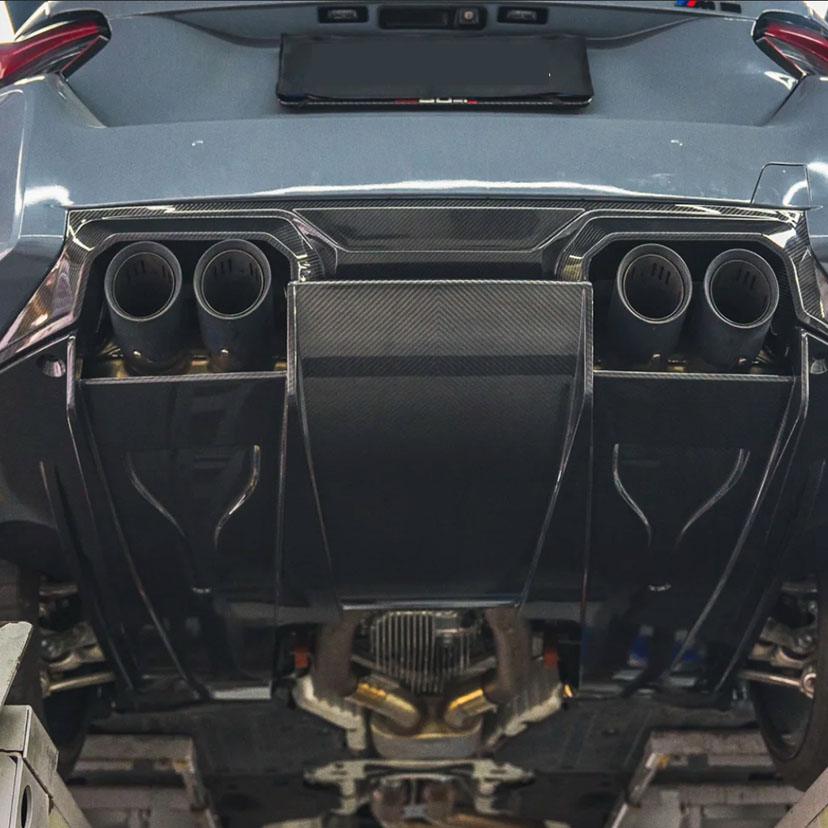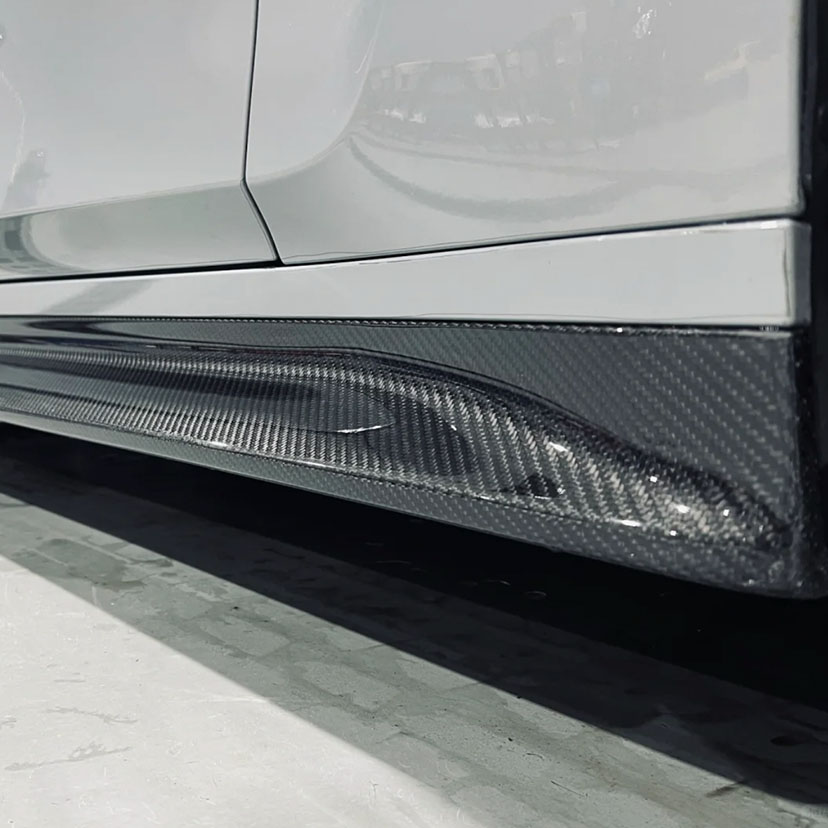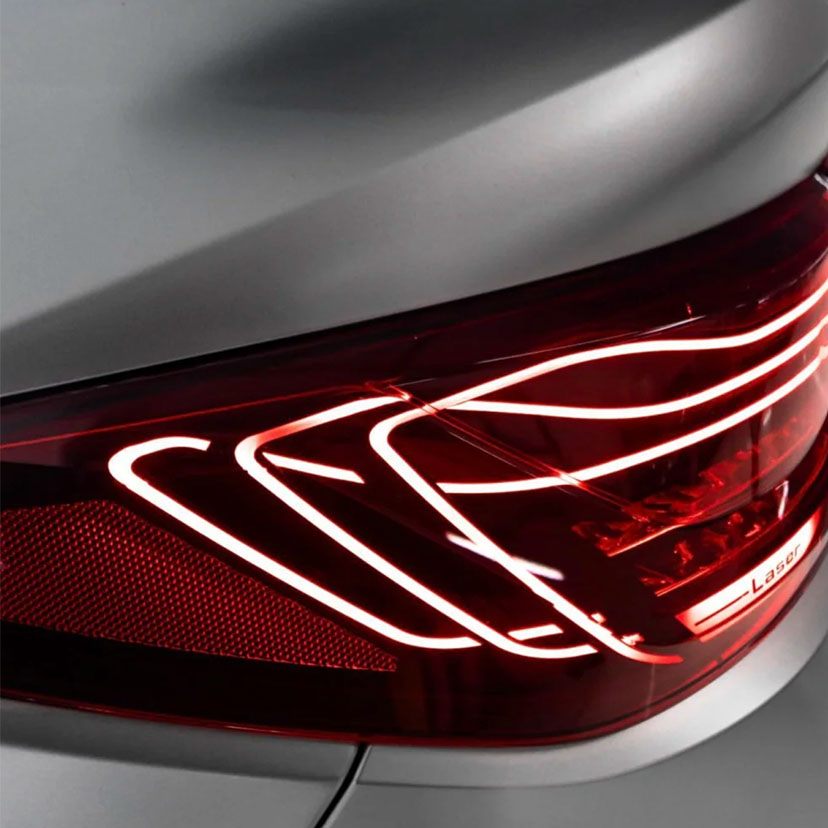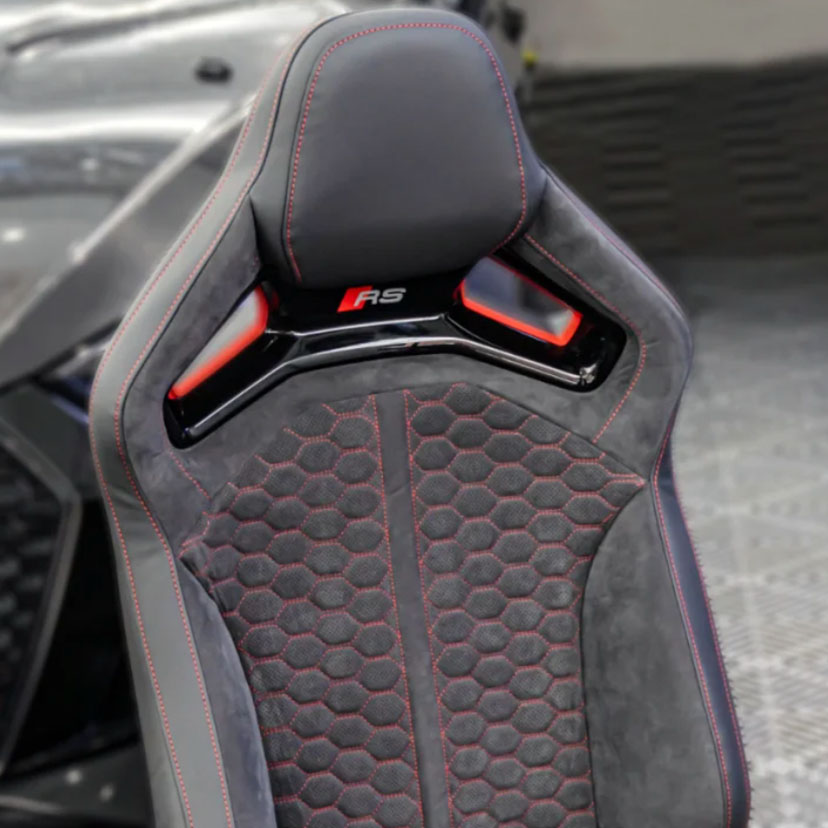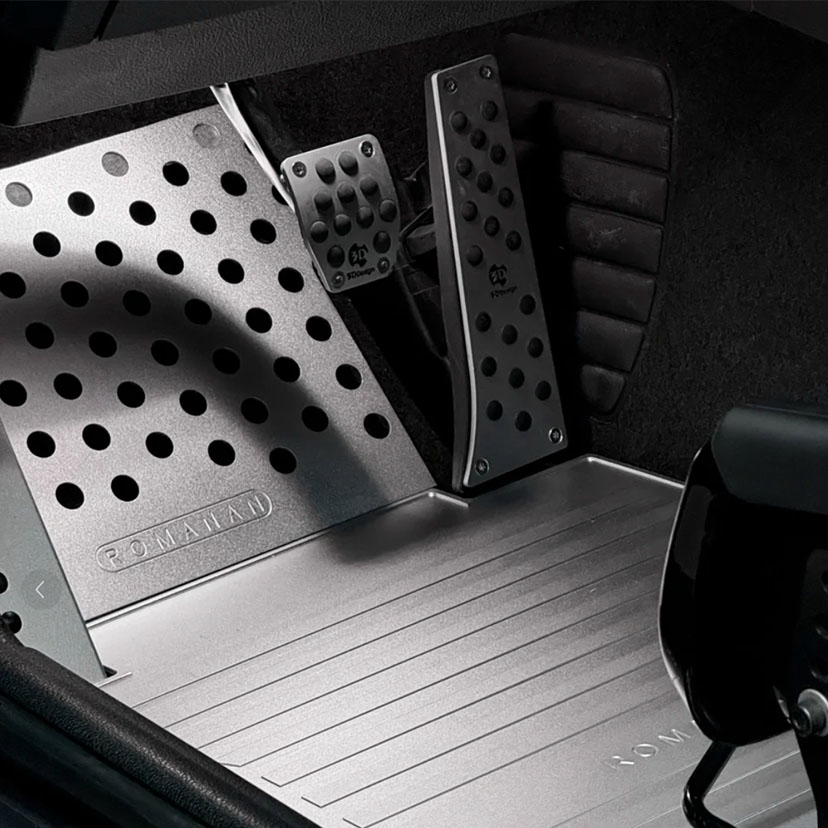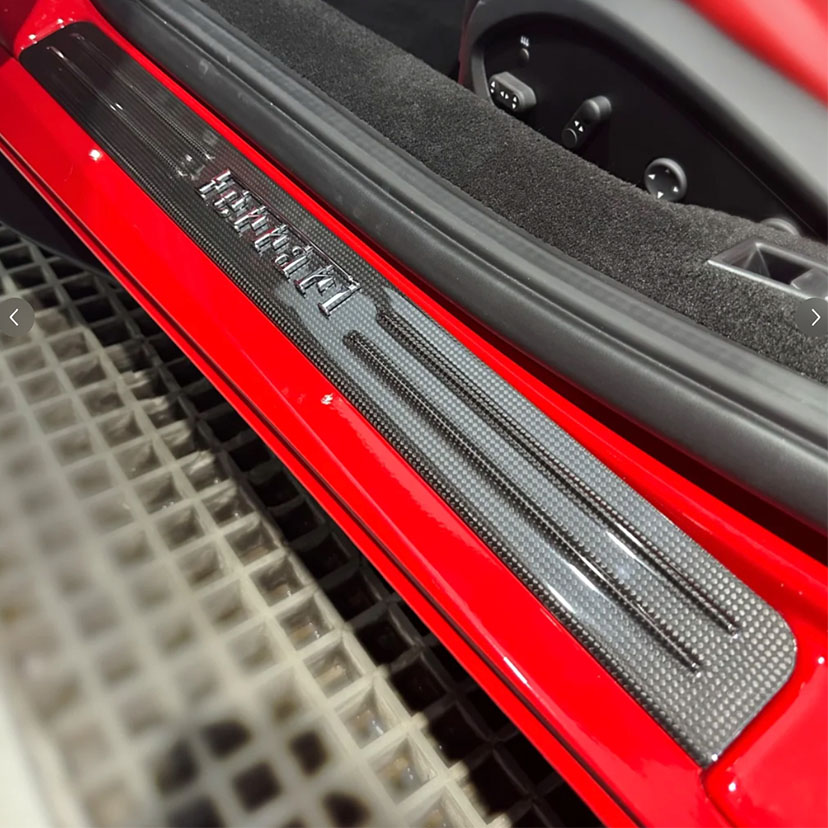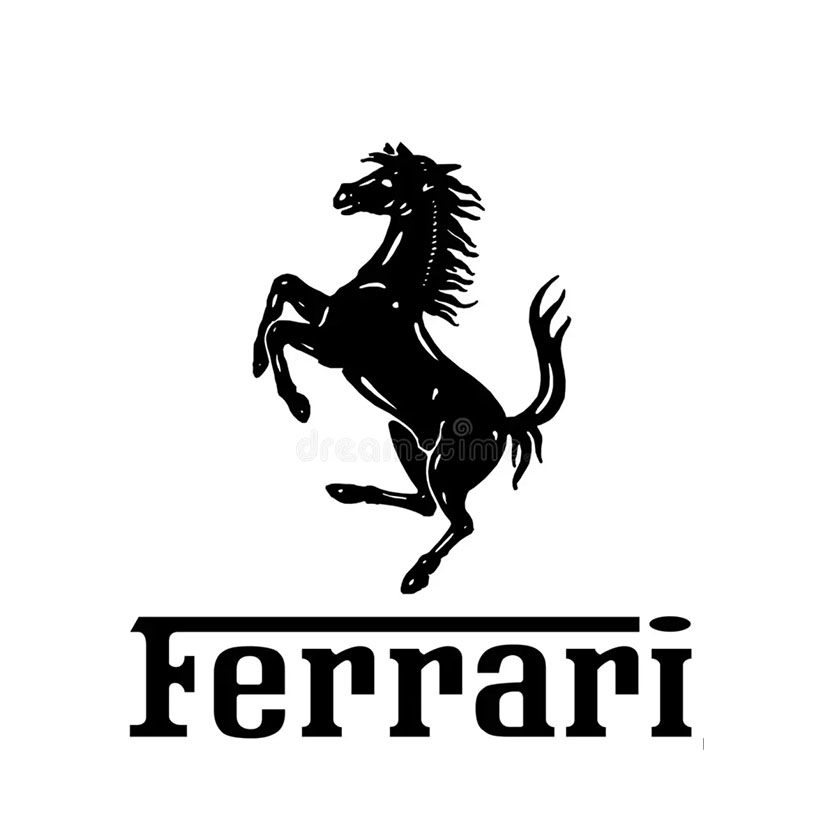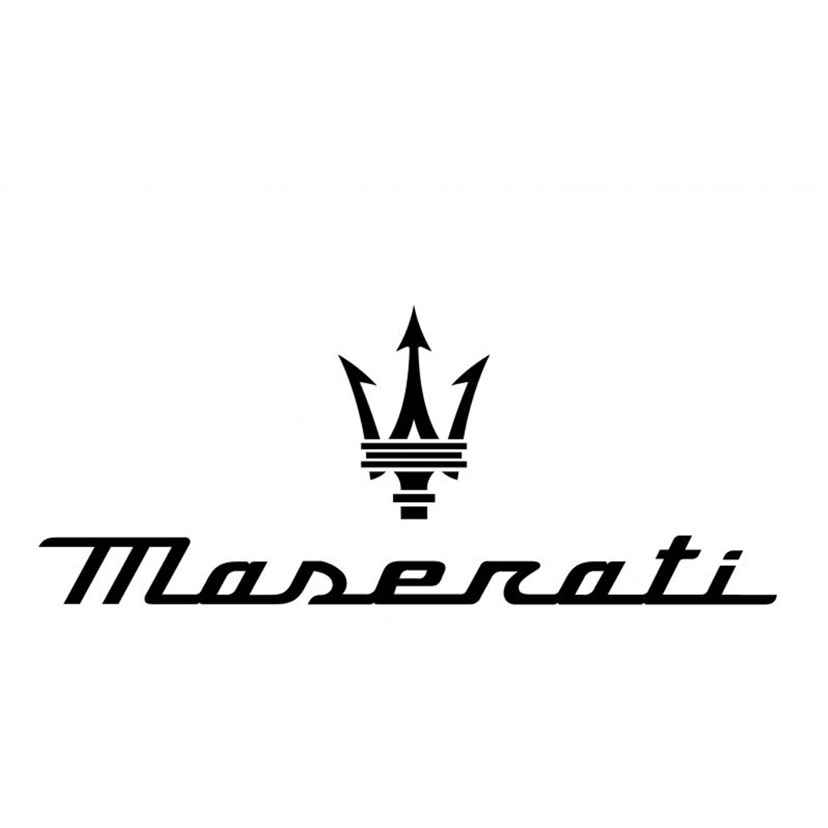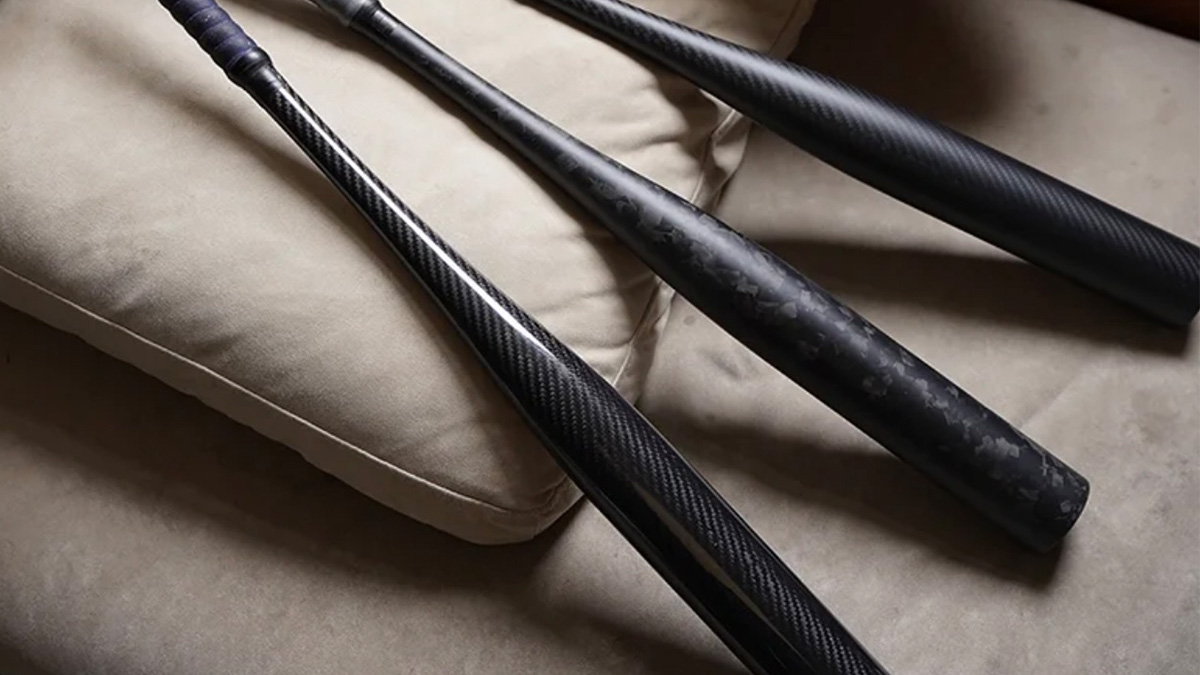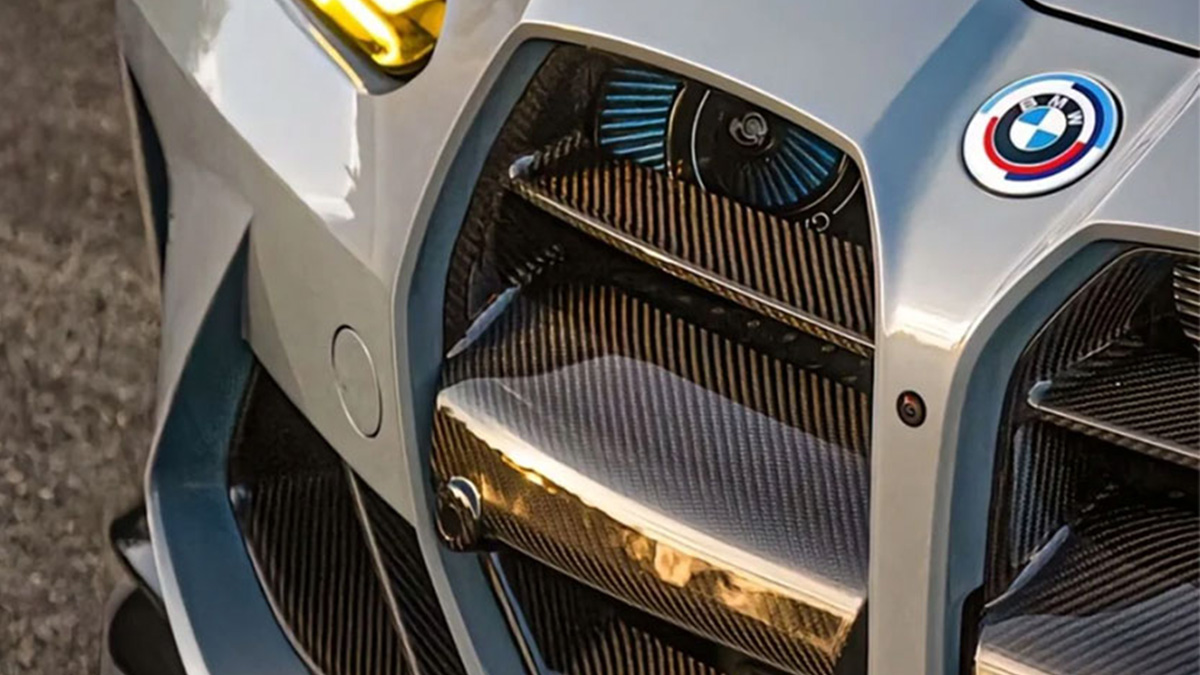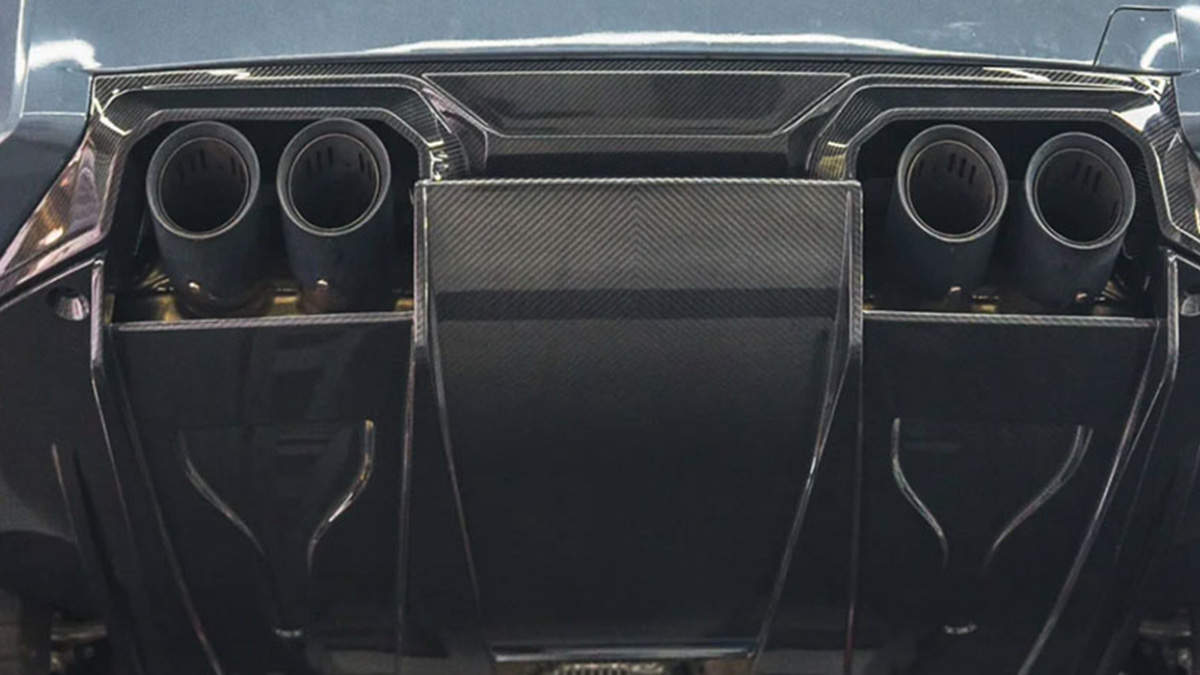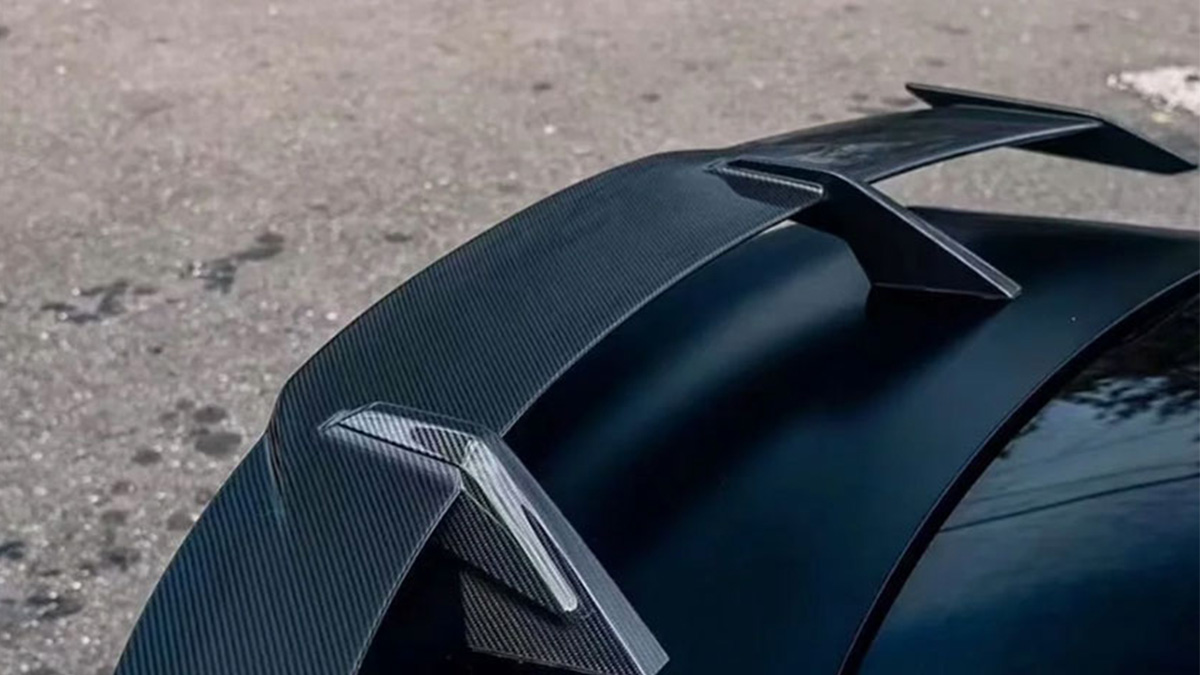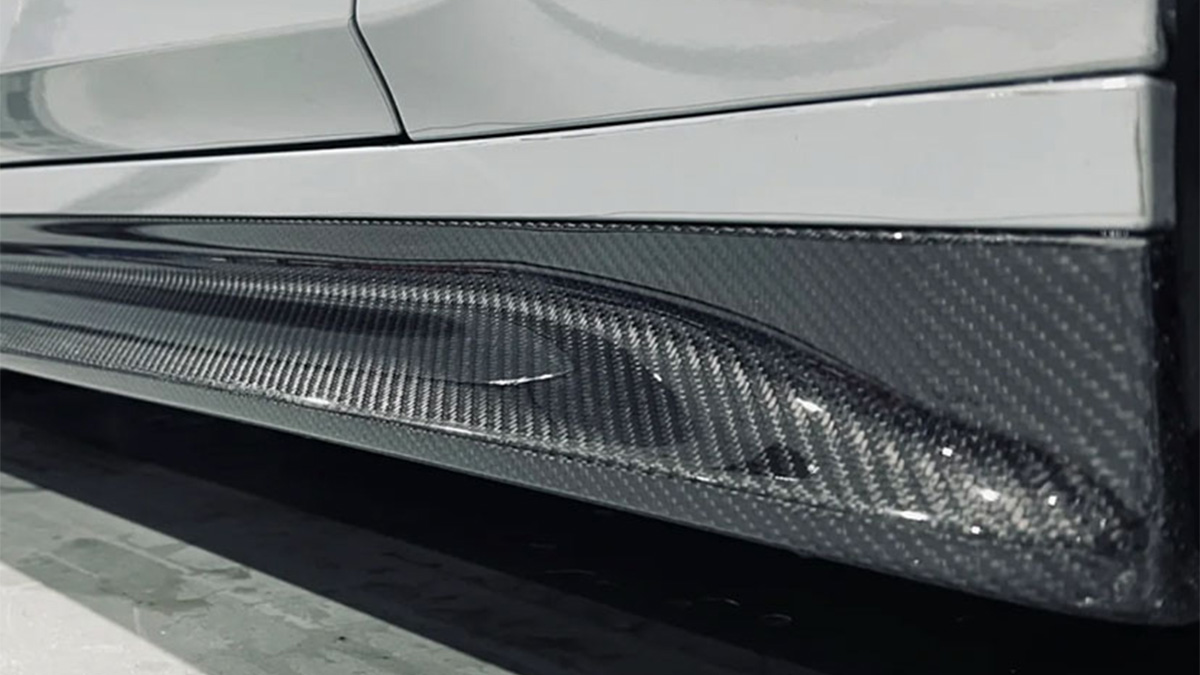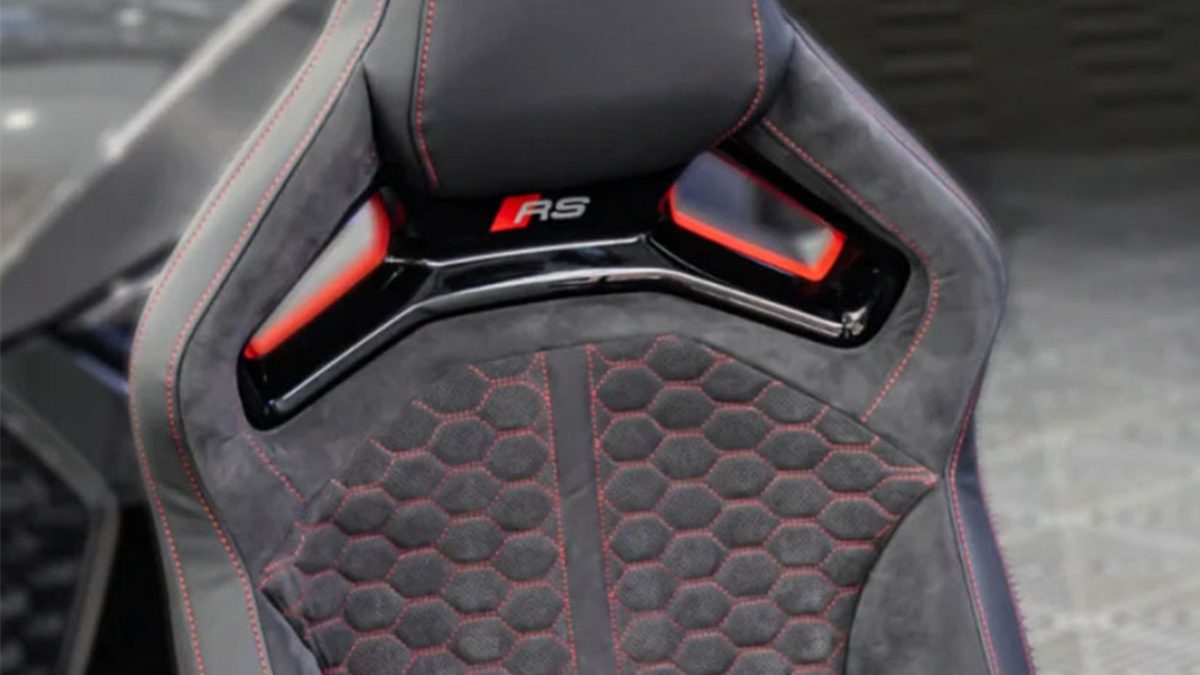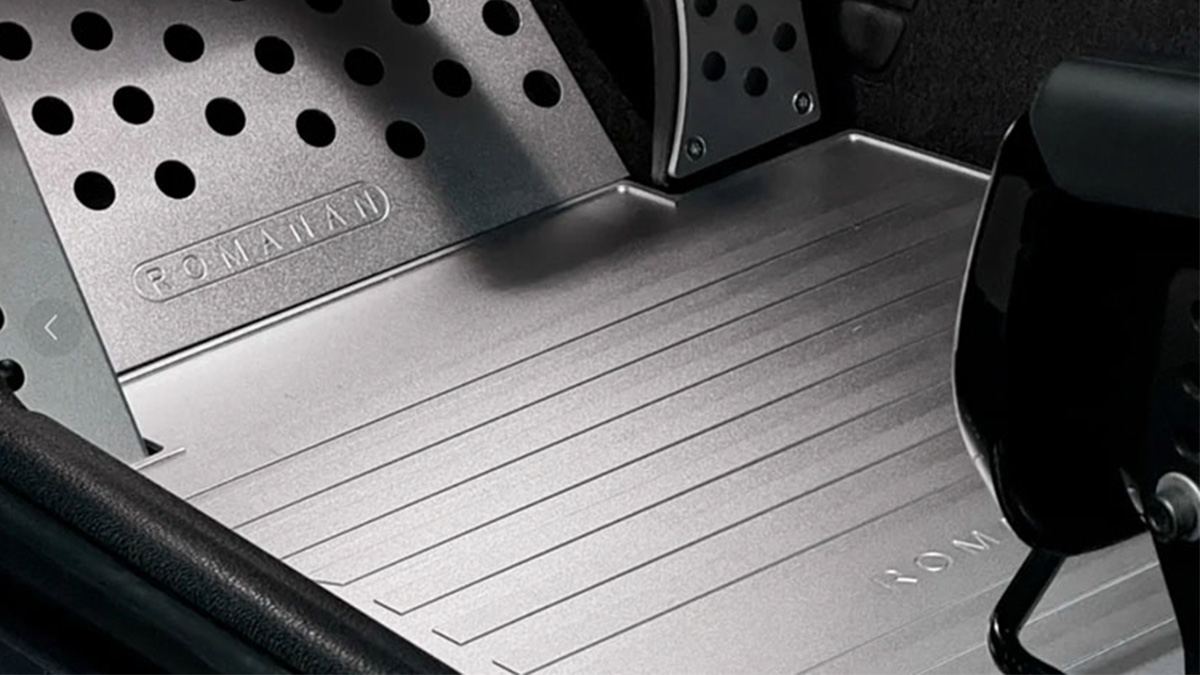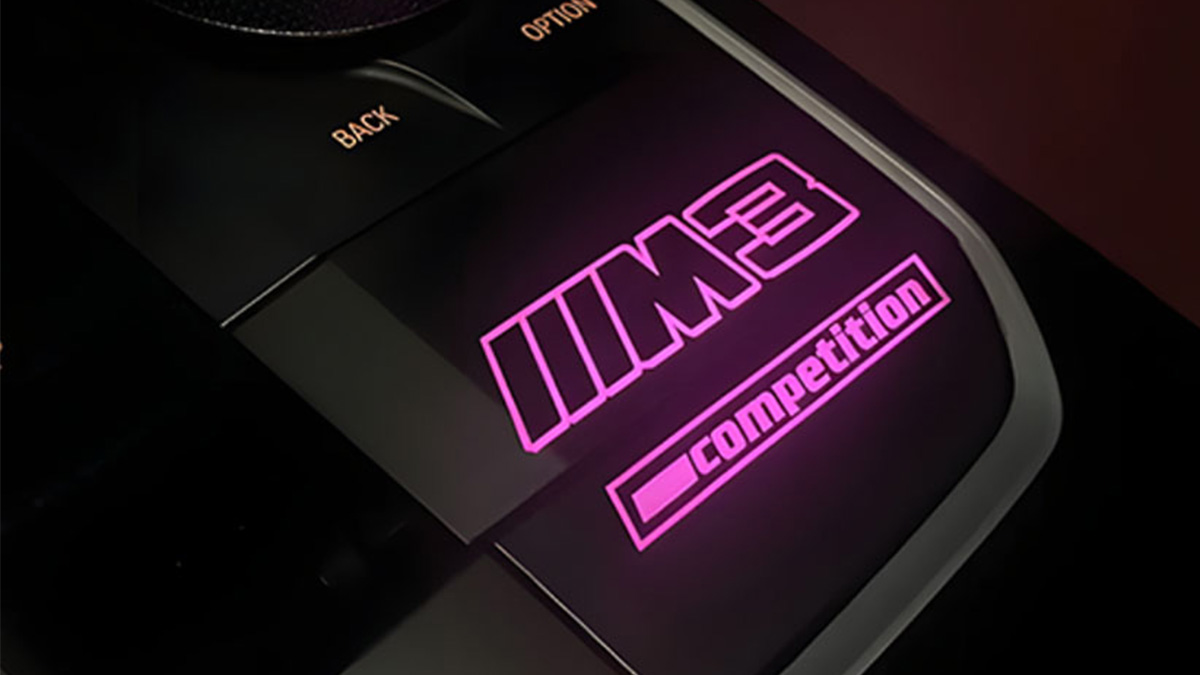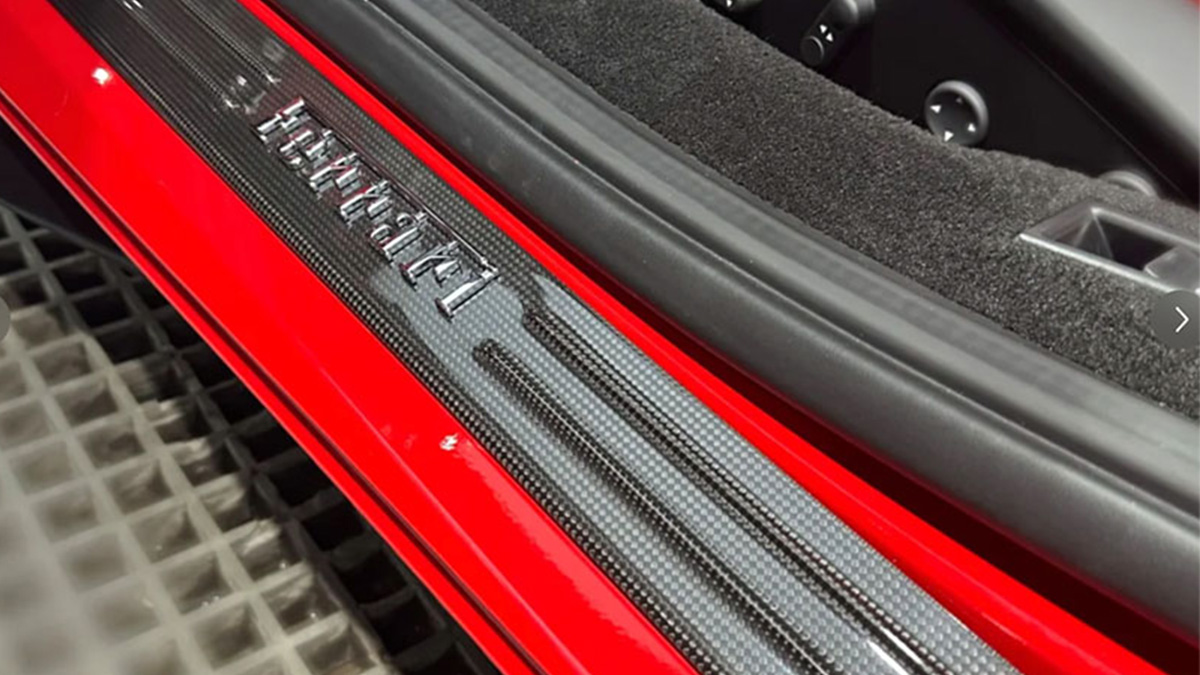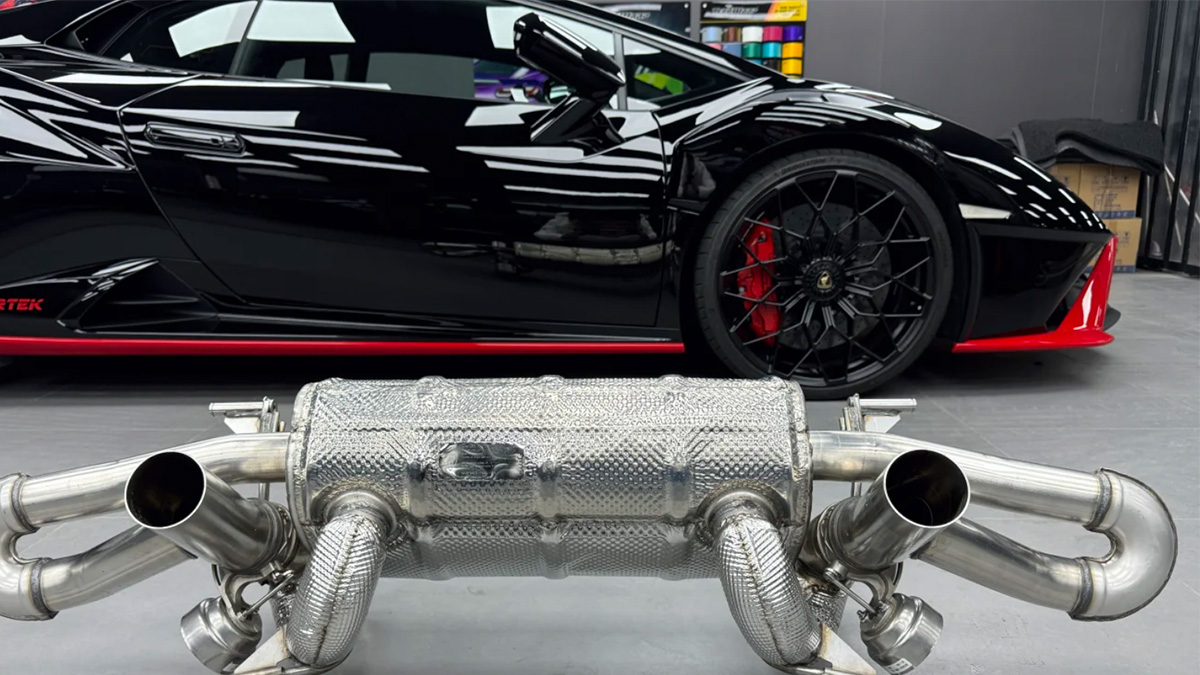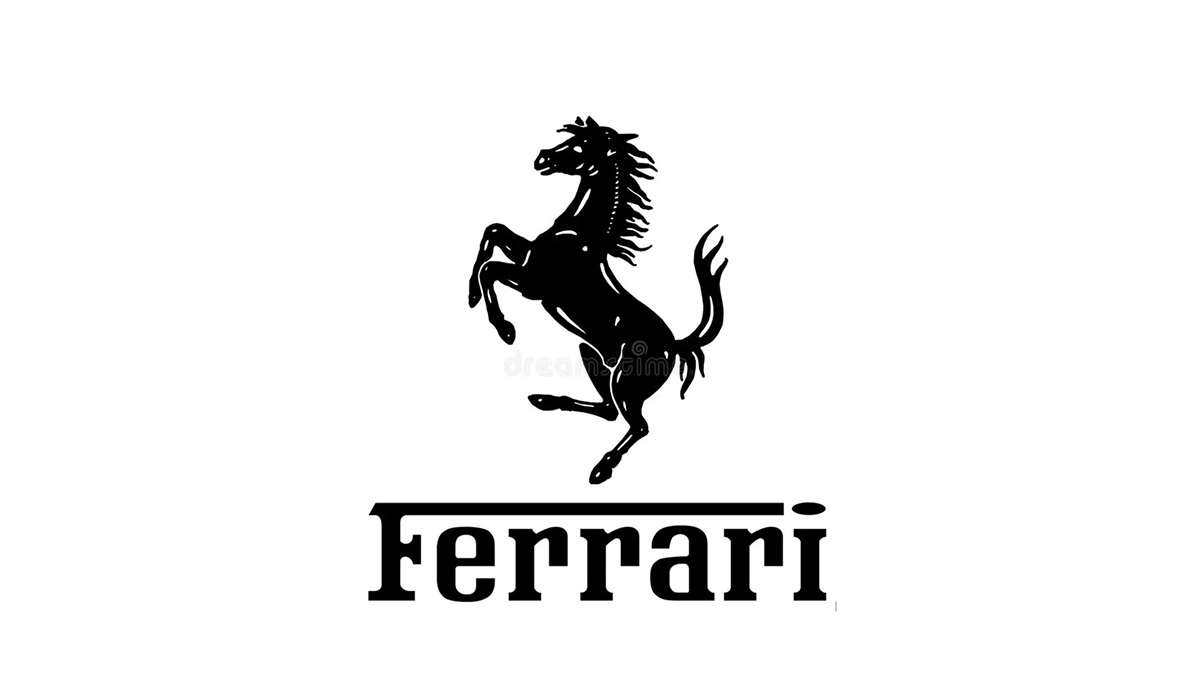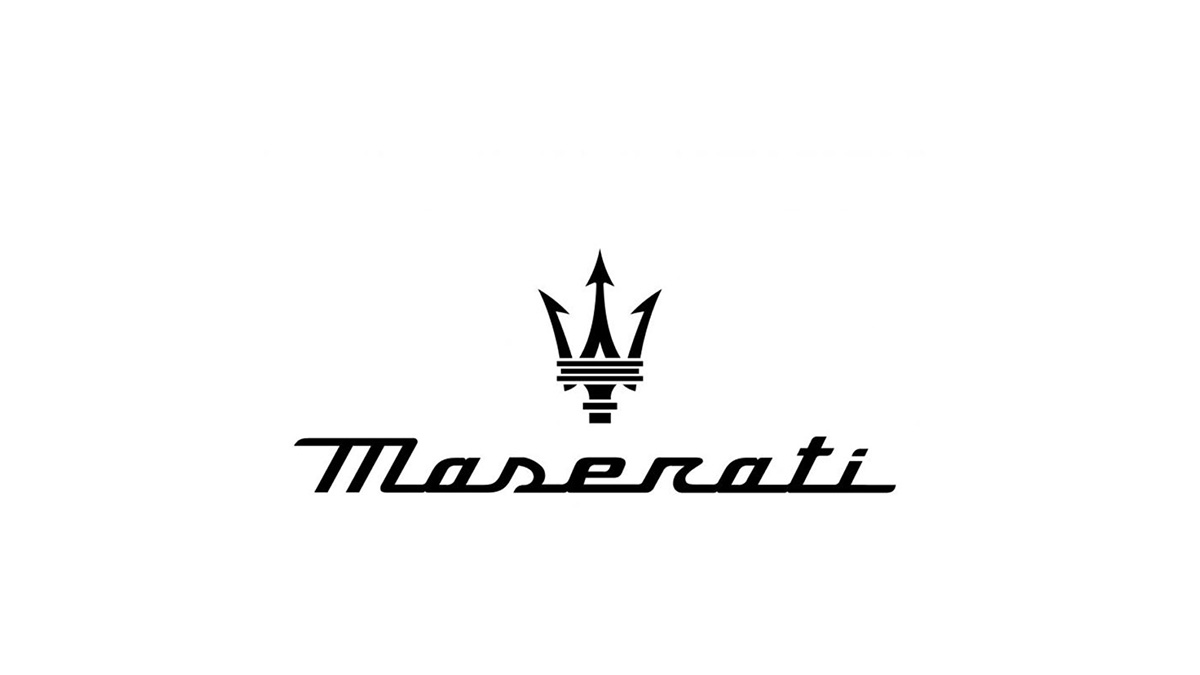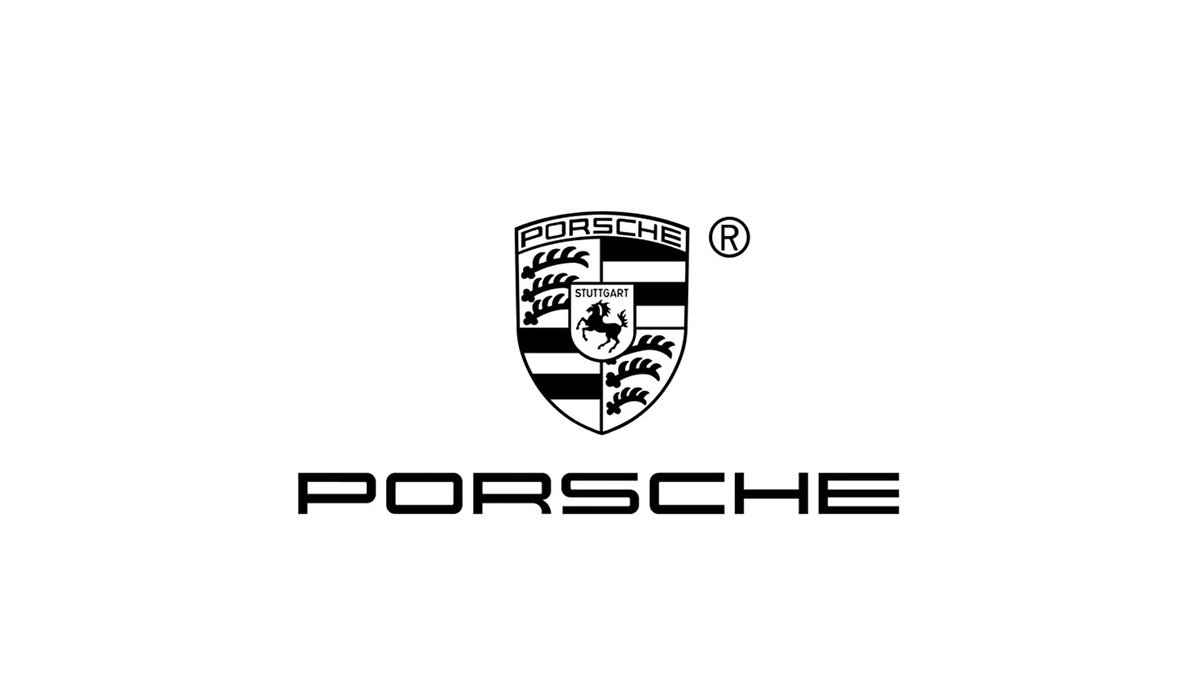2025 年经济实惠的碳纤维选择指南

Finding affordable carbon fiber materials often feels like a balancing act. You want to save money, but you also need materials that meet your performance standards. Understanding your project’s specific needs helps you avoid overspending on unnecessary features. Factors like strength, weight, and environmental conditions play a big role in determining what works best for you.
Carbon fiber cost depends on grades, manufacturing methods, and supplier pricing. By focusing on these aspects, you can make smarter choices without sacrificing quality. This guide will help you navigate these challenges with practical, budget-friendly tips.
主要收获
Know what your project needs to pick the right carbon fiber. Think about strength and weather conditions for best results.
Learn what affects carbon fiber prices, like material types and how it’s made. Standard modulus works well and costs less for most uses.
Check suppliers for good reviews and quality checks. Pick ones with a good reputation and proper certifications for trusted materials.
Buy in bulk to save money. Bigger orders often mean discounts, helping you stick to your budget.
Look into recycled carbon fiber. It’s cheaper and better for the planet while still working well.
Identifying Project Requirements
Understanding your project requirements is the first step in selecting the right carbon fiber products. By focusing on performance needs and application-specific factors, you can ensure the materials you choose align with your goals.
Performance Needs
强度和刚度
Strength and stiffness are critical when evaluating carbon fiber products. These properties determine how well the material can handle stress without deforming. For projects requiring a high strength to weight ratio, carbon fiber excels. It provides exceptional durability while remaining lightweight. This makes it ideal for applications like aerospace components or sporting equipment. Always match the material’s strength and stiffness to your project’s demands to avoid overpaying for unnecessary performance.
Temperature and Environmental Conditions
Temperature and environmental factors significantly impact material performance. Carbon fiber products resist heat and corrosion, but you should still assess the specific conditions they will face. For example, outdoor applications may require materials that withstand UV exposure and moisture. High-temperature environments demand fibers with enhanced thermal stability. Choosing the right material ensures long-term reliability and reduces maintenance costs.
Application-Specific Factors
Structural vs. Non-Structural Uses
Your project’s purpose determines whether you need structural or non-structural carbon fiber products. Structural uses, such as load-bearing parts, require materials with a high strength to weight ratio. Non-structural applications, like decorative panels, prioritize aesthetics over performance. Identifying this distinction helps you allocate your budget effectively.
Weight and Aesthetic Considerations
Weight plays a crucial role in many projects. Carbon fiber’s lightweight nature makes it a top choice for industries like automotive and aerospace. If aesthetics matter, consider the material’s surface finish. Some carbon fiber products feature a woven pattern that enhances visual appeal. Balancing weight and appearance ensures your project meets both functional and design goals.
Understanding Carbon Fiber Cost Factors

Understanding what drives carbon fiber cost helps you make informed decisions. Factors like material grades, manufacturing processes, and supplier pricing play a significant role in determining the final price.
Material Grades
Standard Modulus vs. High Modulus
Standard modulus carbon fiber offers a balance between affordability and performance. It works well for most applications requiring high strength and stiffness. High modulus carbon fiber, on the other hand, provides superior stiffness but comes at a higher price. You should choose high modulus only when your project demands extreme rigidity, such as in aerospace or advanced engineering applications. For most projects, standard modulus delivers excellent value.
Prepreg vs. Dry Fabric
Prepreg carbon fiber products come pre-impregnated with resin, making them easier to work with and ensuring consistent quality. However, they cost more than dry fabric. Dry fabric requires you to add resin during the manufacturing process, which can reduce costs but demands more expertise. If your project allows for flexibility, dry fabric may help you save on carbon fiber cost without compromising quality.
Manufacturing Processes
Hand Lay-Up vs. Automated Methods
Hand lay-up is a manual process where you layer carbon fiber sheets by hand. It works well for small-scale projects but takes more time and labor. Automated methods, like filament winding or automated fiber placement, speed up production and reduce labor costs. For large-scale projects, automation often lowers the overall carbon fiber cost.
Resin Infusion and Curing
Resin infusion involves injecting resin into dry carbon fiber fabric, while curing solidifies the material. Both processes affect the final cost. Resin infusion offers precision and reduces waste, making it cost-effective for complex shapes. Proper curing ensures durability and high strength, which minimizes long-term maintenance expenses.
Supplier Pricing
Bulk Orders vs. Small Quantities
Buying in bulk often reduces the price per unit. Suppliers usually offer discounts for larger orders, making it a smart choice for big projects. Small quantities, however, may suit prototypes or one-off designs but come with higher costs. Plan your order size carefully to optimize your budget.
地区价格差异
Carbon fiber cost varies by region due to differences in production and shipping expenses. Local suppliers may offer lower prices and faster delivery. International suppliers might provide unique materials but could increase shipping costs. Compare options to find the best balance between price and availability.
Evaluating Suppliers
Choosing the right supplier ensures you get high-quality carbon fiber products at a reasonable price. Evaluating suppliers based on reputation, delivery efficiency, and quality assurance helps you make informed decisions.
Supplier Reputation
Reviews and Certifications
Check customer reviews to understand a supplier’s reliability. Positive feedback often indicates consistent service and product quality. Look for certifications that prove compliance with industry standards. These certifications show that the supplier meets established benchmarks for safety and performance.
Industry Standards
Suppliers adhering to industry standards provide dependable materials. Standards ensure the carbon fiber products meet specific requirements for strength, durability, and safety. Ask suppliers about their adherence to these standards before making a purchase.
Lead Times and Delivery
Domestic vs. International Options
Domestic suppliers often offer faster delivery times. They reduce shipping costs and simplify communication. International suppliers may provide unique materials but require longer lead times. Consider your project timeline when deciding between domestic and international options.
Stock Availability
Stock availability impacts how quickly you can start your project. Suppliers with readily available inventory reduce delays. Always confirm stock levels before placing an order. This step ensures you avoid unexpected waiting periods.
质量保证
Testing and Documentation
Reliable suppliers provide testing data for their materials. These tests confirm the strength, stiffness, and other properties of the carbon fiber products. Request documentation to verify the material’s quality and suitability for your project.
Return and Warranty Policies
A clear return policy protects you if the materials fail to meet your expectations. Warranty policies also provide peace of mind by covering defects. Review these policies carefully to ensure you have recourse in case of issues.
小贴士 Building a strong relationship with your supplier can lead to better service and potential discounts on future orders.
Comparing Alternatives

Fiberglass vs. Carbon Fiber
Cost and Performance Differences
When comparing fiberglass and carbon fiber, cost and performance stand out as key factors. Fiberglass is generally more affordable, making it a popular choice for budget-conscious projects. However, carbon fiber products offer superior strength and stiffness. This makes them ideal for applications requiring high performance, such as aerospace or automotive components. Fiberglass performs well in less demanding environments but lacks the same durability and lightweight properties.
Carbon fiber also excels as a lightweight material. It reduces overall weight without sacrificing strength, which is critical for industries like sports equipment and transportation. Fiberglass, while heavier, still provides decent performance at a lower price point. Understanding these differences helps you decide which material aligns with your project’s goals.
When Fiberglass is a Better Choice
Fiberglass works best for projects where cost savings take priority over performance. It suits non-structural applications, such as decorative panels or insulation. If your project doesn’t require extreme strength or stiffness, fiberglass offers a practical and economical solution. Additionally, fiberglass resists corrosion and performs well in moderate environmental conditions. For projects with limited budgets or less demanding requirements, fiberglass becomes the better choice.
Hybrid Materials
Combining Carbon Fiber with Other Materials
Hybrid materials combine carbon fiber with other substances like fiberglass or metals. This approach balances cost and performance. For example, layering carbon fiber with fiberglass reduces expenses while maintaining adequate strength. Hybrid materials also allow you to customize properties, such as stiffness or thermal resistance, to meet specific project needs.
Cost-Effective Hybrid Applications
Hybrid materials shine in applications where full carbon fiber construction isn’t necessary. For instance, in automotive parts, combining carbon fiber with fiberglass reduces costs while retaining essential performance characteristics. Similarly, hybrid materials work well in sporting goods, offering durability and affordability. By strategically using hybrids, you can achieve cost-effective solutions without compromising functionality.
Practical Tips for Budget Optimization
Bulk Purchasing and Negotiation
Advantages of Buying in Bulk
Buying carbon fiber in bulk can significantly reduce costs. Suppliers often offer discounts for large orders, which lowers the price per unit. This approach works well for projects requiring substantial material quantities. Bulk purchasing also ensures you have enough stock to avoid delays. By planning your material needs in advance, you can determine the budget more effectively and take advantage of these savings.
谈判策略
Negotiation plays a key role in optimizing your budget. Start by researching market prices to understand what’s reasonable. When speaking with suppliers, highlight your long-term purchasing potential. Suppliers are more likely to offer discounts if they see you as a repeat customer. You can also negotiate better terms by bundling multiple materials into one order. Clear communication and preparation improve your chances of securing a favorable deal.
Recycled and Repurposed Materials
Availability of Recycled Carbon Fiber
Recycled carbon fiber has become more accessible in recent years. Manufacturers now reclaim fibers from used products, offering a cost-effective alternative to new materials. These recycled options maintain much of the strength and stiffness of virgin carbon fiber. You can find them through specialized suppliers or marketplaces focused on sustainable materials. Exploring these options helps you save money while supporting eco-friendly practices.
Environmental and Cost Benefits
Using recycled materials benefits both your budget and the environment. Recycled carbon fiber reduces waste and lowers production costs, making it an affordable choice. It also minimizes the environmental impact of your project by reusing existing resources. By investing in carbon fiber that has been repurposed, you contribute to sustainability while meeting your project’s performance needs.
长期储蓄
Investing in Durability
Durable materials save money over time. High-quality carbon fiber products last longer and require less maintenance. While the initial cost may seem higher, the reduced need for repairs or replacements offsets this expense. Investing in carbon fiber with proven durability ensures your project remains cost-effective in the long run.
Reducing Waste Through Design Efficiency
Efficient design reduces material waste and lowers costs. By optimizing your project’s layout, you can minimize the amount of carbon fiber required. Techniques like nesting parts or using hybrid materials improve efficiency. This approach not only saves money but also supports sustainable practices by reducing excess material usage.
Selecting affordable carbon fiber materials requires careful planning. You need to evaluate your project’s requirements, understand cost factors, and compare alternatives. Choosing the right supplier and exploring options like recycled materials or hybrids can further optimize your budget.
Balancing cost, quality, and project needs ensures the best results. Focus on durability and efficiency to achieve long-term savings. By applying these tips, you can make smarter decisions and maximize the value of your investment. Start your next project with confidence, knowing you have the tools to succeed.


